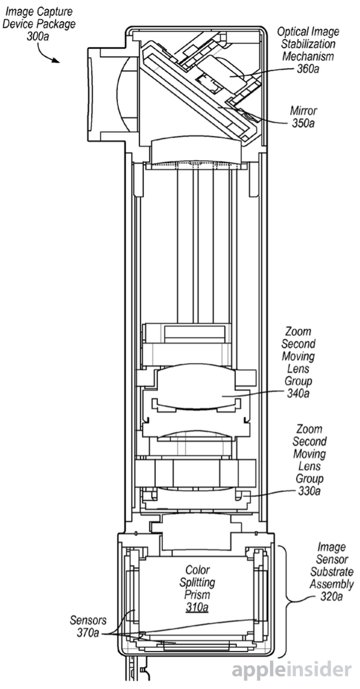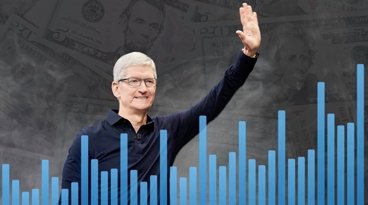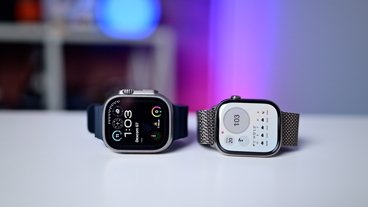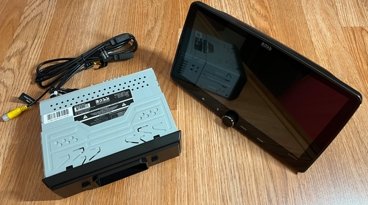In its quest to build smaller phones that still somehow offer better photo taking capabilities, Apple has revealed a new concept that would offer improved optical image stabilization using mirrors.
The idea is detailed in a new Apple patent application published this week by the U.S. Patent and Trademark Office, and first discovered by AppleInsider. Entitled "Mirror Tilt Actuation," the newly revealed filing describes an image sensor for small, multifunction devices like an iPhone that would compensate for the user's hand movement to improve picture quality.
Apple introduced optical image stabilization in its products last year with the debut of the iPhone 6 and iPhone 6 Plus. The smaller iPhone 6 accomplishes this through software, while the larger iPhone 6 Plus also uses hardware OIS for superior image taking capabilities.
In its filing, Apple notes that OIS adjusts the direction of the field of view of the camera to compensate for user motion. This can be accomplished through "lens barrel shift," where the complete lens is moved, or "camera tilt," where the lens and image sensor are together tilted. But according to Apple, these two ways are not ideal.
"For cameras and image capture capture devices in multifunction devices, neither method is practical," the filing reads.
Apple's solution is to include an image sensor and a zoom lens with movable lens elements arranged independent of one another. The concept includes a lens and mirror assembly that would admit light into the camera.
The camera would include a "folded optics arrangement," in which light would enter the lens and mirror assembly through a first lens. The light would then be redirected with a mirror at a right angle, where it would be sent to the remaining movable lens elements.
To compensate for a user's hand movement and any jitters in picture taking, Apple's camera would include an actuator for tilting the mirror according to movement of the iPhone.
The actuator that moves the mirror inside the camera could be controlled by magnets, the proposed invention states. The actuator would be synchronized to compensate for user hand motion to stabilize images taken with the camera.
The patent application claims priority of a previous U.S. Provisional Application entitled "System and Method for Mirror Tilt Actuation," first filed in August of 2013. The new filing disclosed by the USPTO this week was issued to the office in October of 2013, and it is credited to inventors Ning Y. Chan, Richard J. Topliss, and Steven Webster.
 Neil Hughes
Neil Hughes






-m.jpg)


-m.jpg)






 Marko Zivkovic
Marko Zivkovic
 Wesley Hilliard
Wesley Hilliard
 Malcolm Owen
Malcolm Owen
 Andrew Orr
Andrew Orr
 Amber Neely
Amber Neely










77 Comments
Ning Y Chan is obviously one smart cookie. http://patents.justia.com/inventor/ning-y-chan As is Richard. http://patents.justia.com/inventor/richard-j-topliss And Steven ... http://patents.justia.com/inventor/steven-webster
A proper zoom lens (yes, you do need moving lenses, it's about conjugation). That would be a very nice enhancement.
Thinking about it, this bears an uncanny resemblance to some spectrometry ideas, perhaps a Raman spectrometer in not only the iPhone but smaller still, in an ?Watch. That would herald a revolution in physiological sensing. Apple has stuff under their collective hood!
Looks like an amazing idea. However, I don't see it built into an iPhone soon. Apple would have to either make the iPhone thicker to make room for the by 90° flipped sensor or make the sensor smaller.
By adding a zoom lens you lose light. Basic principle true for every zoom lens versus a fixed one. I see a whole chain of problems in this patent.
It's a periscope.